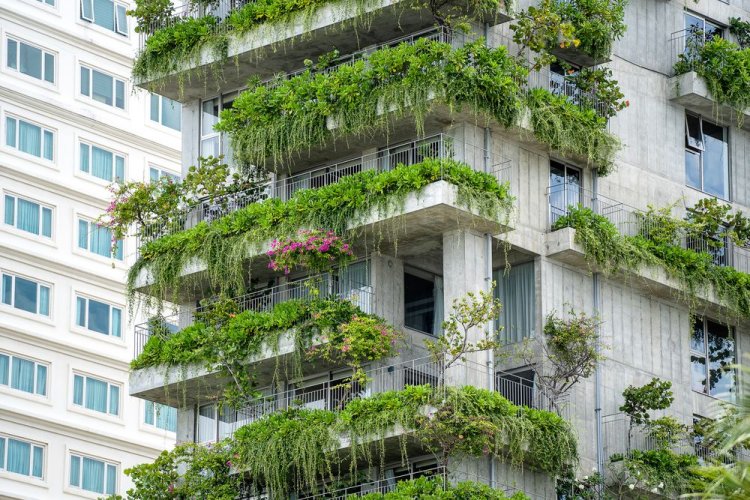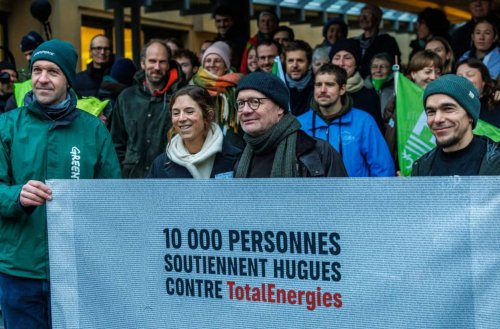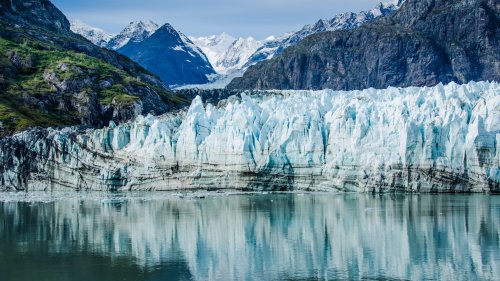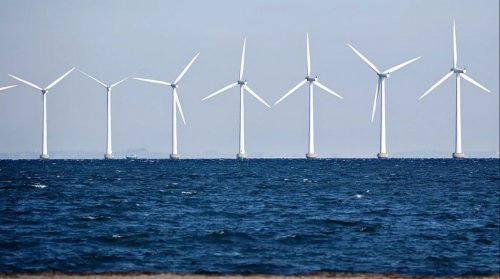Specialists of NGO "Ecodia" told about 8 opportunities for citizens to reduce the impact of summer heat.
They posted their recommendations on the NGO's Facebook page.
- Green a wall or facade
Experts assure that the temperature of the green wall is 4.67 ° C lower than the bare one. In addition, plants improve air quality, as they detain volatile organic compounds, dust, other microparticles and release oxygen. This can be an ideal option for areas where for some reason it is impossible to plant many trees. For landscaping of buildings, environmentalists recommend planting wild Vichy grapes, because it will not destroy the walls.
- Sow the lawn with meadow grasses
Specialists say that it is cheaper to maintain than a regular lawn, as it needs only 1-2 mowings during the entire flowering period. A meadow grass lawn stores twice as much water due to a more developed root system. Therefore, it will be possible to worry about watering it infrequently. Dense tall greens will absorb the sun's heat and keep the dust.
The NGO "Ekodiya" said that in Kyiv and other cities there are experimental plots with various herbs on the sides of highways and among residential areas.
- Build a hedge-fence
This is a dense narrow strip of bushes or trees that serve as a fence. Specialists attributed the lack of need for trimming and additional care, as well as cheapness, to the advantages of such a fence. They said that a living fence made of undemanding and cold-resistant ground will cost less than an ordinary metal or concrete fence.
Environmentalists assure that dense hedges effectively purify the air in densely built-up conditions, keep dust and noise from freeways, and serve as a shelter for insects and birds.
- Lay waterproof surfaces
This is a type of coating that allows rainwater or melted snow to seep into the soil quickly and efficiently. They have the following advantages over usual urban surfaces:
- contribute to the filtration and recharge of groundwater;
- they heat up less in the summer and provide a better microclimate for city dwellers;
- in winter, they are safer for driving and walking, because precipitation quickly soaks in and the surface is not covered with a layer of ice.
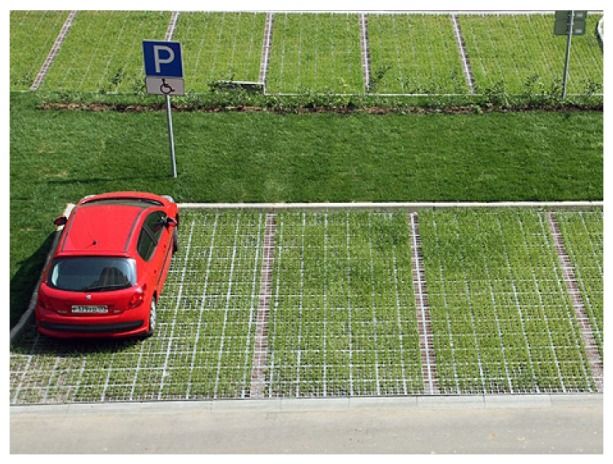
- Install rain gardens and ditches
These are compositions of moisture-loving and heat-resistant perennial plants that, thanks to the drainage system, collect, retain and return rainwater to the ecosystem. For most of the year, they serve as a kind of sunken flower beds, which perform the main function during periods of intense rainfall.
Experts say that rain gardens and ditches are able to absorb and filter up to 90% of the water that falls on their surface, and called them an effective tool to fight local flooding.
- Organize rain parks
These are sunken parts of parks, squares, squares, squares, which in normal times serve as public spaces, and during periods of intense rainfall, they act as a temporary pool for the accumulation of rainwater.
Ecologists propose this solution for cities with dense buildings and heavy rainfall. They say that rain parks help prevent local flooding by storing thousands of cubic meters of water and promote its rational use.
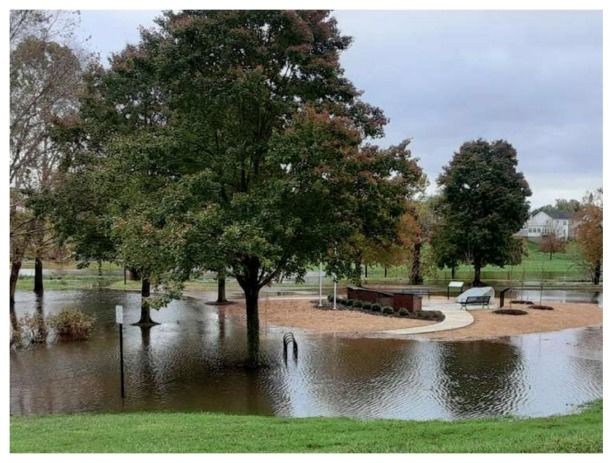
- Green the roofs, stops and furniture
Experts drew the attention of the townspeople to the fact that landscaping can be done not only on open ground, but also in any places. They stated that rooftop gardens are not new, but still not a very common practice. Ecodia is confident that since street furniture with landscaping is already being installed in Kyiv, we will soon see green stops.
"Plants in the city bring coolness, retain excessive heat and water, purify the air and are simply pleasing to the eye. Such solutions compensate for the lack of green spaces and help adapt cities to climate change," say activists.
- Construct green pergolas
These are structures entwined with climbing plants, consisting of repeating sections connected to each other by transverse beams. Thanks to the interweaving of the elements, the frame of the pergola with plants creates additional shade. Experts recommend installing them within spaces sensitive to high temperatures. They are sure that a creative approach to the design and construction of pergolas can improve the perception of the city and make them tourist magnets.
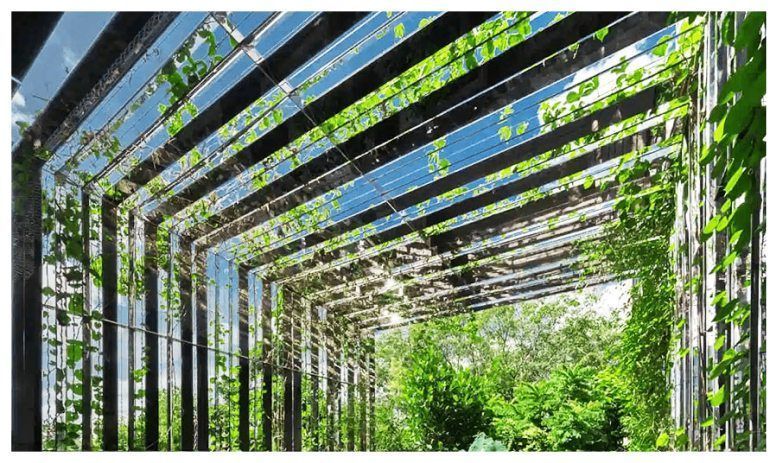
Earlier, EcoPolitic reported that in 2023 in Vinnytsia and Kyiv for the first time, decorative meadows were arranged instead of lawns. And the other day we reported that Ukrainian communities are facing abnormal heat refuse from mowing the grass.

